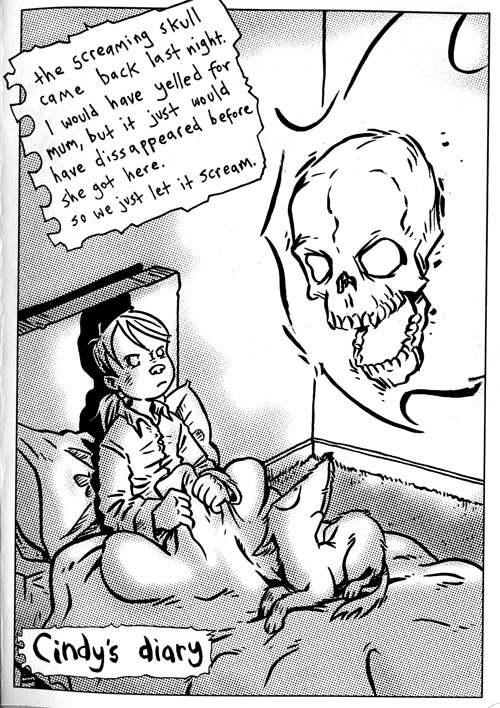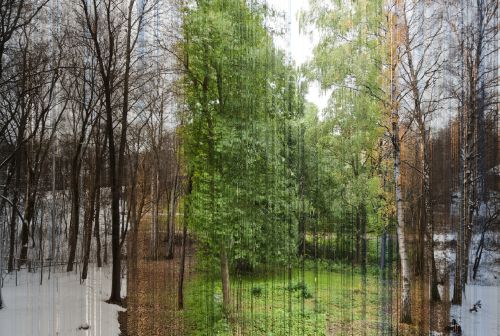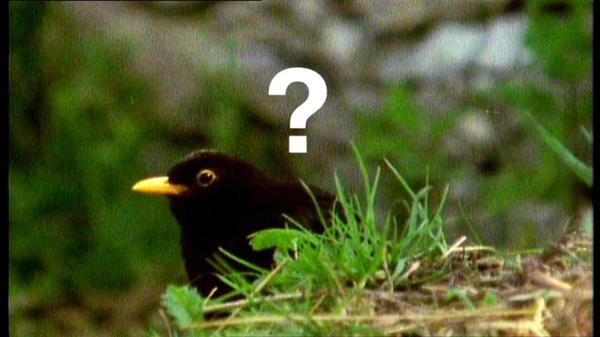I’ve built up quite a backlog of links to great long-form content to go in Things, so it’s time for a long-form special!
You’re unlikely to have time to read all these things now, so if you haven’t done so already I recommend getting Read It Later (or some prefer Instapaper) so that you can time-shift some of these links to somewhen more convenient.
Alternatively you may prefer to read these articles in printed form, in which case you might like to download this 27-page pdf I made, which contains each article in full.
|
(1oth December 2010)
This is the shortest (at just over 500 words, so not really long-form) and probably the most important of the articles I’ll link to here, so you should really just read it right now.
If you can’t or won’t do that, here’s the key parts:
Corporations do not share our priorities. They are hive organisms constructed out of teeming workers who join or leave the collective: those who participate within it subordinate their goals to that of the collective, which pursues the three corporate objectives of growth, profitability, and pain avoidance.
|
Corporations … live only in the present … and they generally exhibit a sociopathic lack of empathy.
|
We are now living in a global state that has been structured for the benefit of [these] non-human entities with non-human goals.
|
In short, we are living in the aftermath of an alien invasion.
Put another way: it’s easy and instinctive to direct ire at individual humans that we see as being to blame for our woes – maybe bankers, politicians, lobbyists, or the 1%. But more importantly, the actions of those individuals are just emergent properties of the system we have created. Which is pretty terrifying.
|
|
(16th May 2011)
With the above in mind, this makes for a particularly interesting slice of sci-fi about a potential emergent behaviour of the systems we’re building now. The most succinct part I can find (quoted below) also happens to be the driest, so if you think this sounds remotely interesting, do go ahead and read the story in full (~2,000 words).
My daughter was first sued in the womb … I’d posted ultrasound scans online for friends and family … A giant electronics company that made ultrasound machines acquired a speculative law firm for many tens of millions of dollars. The new legal division cut a deal with all five Big Socials to dig out contact information for anyone who’d posted pictures of their babies in-utero … The first backsuits named millions of people, and the Big Socials just caved, ripped up their privacy policies in exchange for a cut. So five months after I posted the ultrasounds, one month before my daughter was born, we received a letter … We faced, I learned, unspecified penalties for copyright violation and theft of trade secrets, and risked, it was implied, that my daughter would be born bankrupt.
|
Read the full version here
|
|
(2nd July 2010)
Once again, keep in mind the idea of emergent properties of the system while reading the story behind this (~1,600 words):
At the end of 2006, food prices across the world started to rise, suddenly and stratospherically. Within a year, the price of wheat had shot up by 80 percent, maize by 90 percent, and rice by 320 percent. In a global jolt of hunger, 200 million people – mostly children – couldn’t afford to get food any more, and sank into malnutrition or starvation. There were riots in over 30 countries, and at least one government was violently overthrown. Then, in spring 2008, prices just as mysteriously fell back to their previous level. Jean Ziegler, the UN Special Rapporteur on the Right to Food, called it “a silent mass murder”, entirely due to “man-made actions.”
|
Read the full version here
|
|
(12th September 2011)
All this is somewhat heavy going, so here’s some good news: after a prolonged period of silence, Damn Interesting is now back up and running, and kicked things off with a characteristically interesting story about something that happened back in 1984:
The scoreboard on Larson’s podium read “$90,351,” an amount unheard of in the history of Press Your Luck. In fact, this total was far greater than any person had ever earned in one sitting on any television game show. With each spin on the randomized “Big Board” Larson took a one-in-six chance of hitting a “Whammy” space that would strip him of all his spoils, yet for 36 consecutive spins he had somehow missed the whammies, stretched the show beyond it’s 30-minute format, and accumulated extraordinary winnings. Such a streak was astronomically unlikely, but Larson was not yet ready to stop. He was convinced that he knew exactly what he was doing.
You’ll have to read the full story to find out quite what was going on.
|
|
(transcript from talk given on 5th February 2010)
This final link is the most extraordinary thing I’ve read in at least the last five years. Extraordinary because Eben Moglen discerns the big picture around where the internet came from and where it is headed. Extraordinary because he has put his finger on the defining emergent property of our age. And most of all, extraordinary because he also has a strong and compelling recommendation on what to do about it.
In a nutshell: client-server architecture encourages centralised services, which create irresistable temptation for surveillance. So we should decentralise the architecture.
That doesn’t remotely do it justice though, so you should really read the whole idiosynratic, fascinating piece here (all 7,000 words of it!).
I can understand that might be quite intimidating, and this is important stuff. So if you can’t see yourself ever reading that, I’ve edited it down (brutally) to fewer than 500 words that take you through the main points here:
It begins with the Internet, designed as a network of peers without any intrinsic need for hierarchical or structural control. It was the great idea of Windows to create a political archetype in the Net which reduced the human being to the client and produced a big, centralized computer, which we might have called a server. [So] now the Net was made of servers in the center and clients at the edge.
|
Now, one more thing happened about that time … Namely, servers kept logs. That’s a good thing to do … But if you have a system which centralizes servers and the servers centralize their logs, then you are creating vast repositories of hierarchically organized data about people at the edges of the network that they do not control and, unless they are experienced in the operation of servers, will not understand the comprehensiveness of, the meaningfulness of, will not understand the aggregatability of.
|
All of those decisions architecturally were made without any discussion of the social consequences long-term. So we got an architecture which was very subject to misuse.
|
In fact, what we have are things we call platforms, [which] mean places you can’t leave. And the Net becomes the zone of platforms and platform making becomes the order of the day.
|
Now, where we went on is really towards the discovery that all of this would be even better if you had all the logs of everything because once you have the logs of everything then every simple service is suddenly a goldmine waiting to happen, and we blew it because the architecture of the Net put the logs in the wrong place. They put the logs where innocence would be tempted.
|
Stallman was right. It’s the freedom that matters. The rest of it is just source code.
|
What do we need? We need a really good webserver you can put in your pocket and plug in any place. In other words, it shouldn’t be any larger than the charger for your cell phone and you should be able to plug it in to any power jack in the world and any wire near it or sync it up to any wifi router that happens to be in its neighborhood. It should know how to bring itself up. It should know how to start its web server, how to collect all your stuff out of the social networking places where you’ve got it. In other words, it should know how to be your avatar in a free net that works for you and keeps the logs. You can always tell what’s happening in your server and if anybody wants to know what’s happening in your server they can get a search warrant.
|
What we need is to make a thing that’s so greasy there will never be a social network platform again.
This speech gave rise to Diaspora, and Eben Moglen went on to create The Freedom Box Foundation to bring about exactly what he’s describing here. I’m continuing to monitor both projects, so if you’re happy to delegate your attention on this then stay tuned to find out when I think they’re ready for the mainstream to jump in.
@metatim
(Twitter is part of the same problem, of course, so I just set myself up on Identi.ca)




